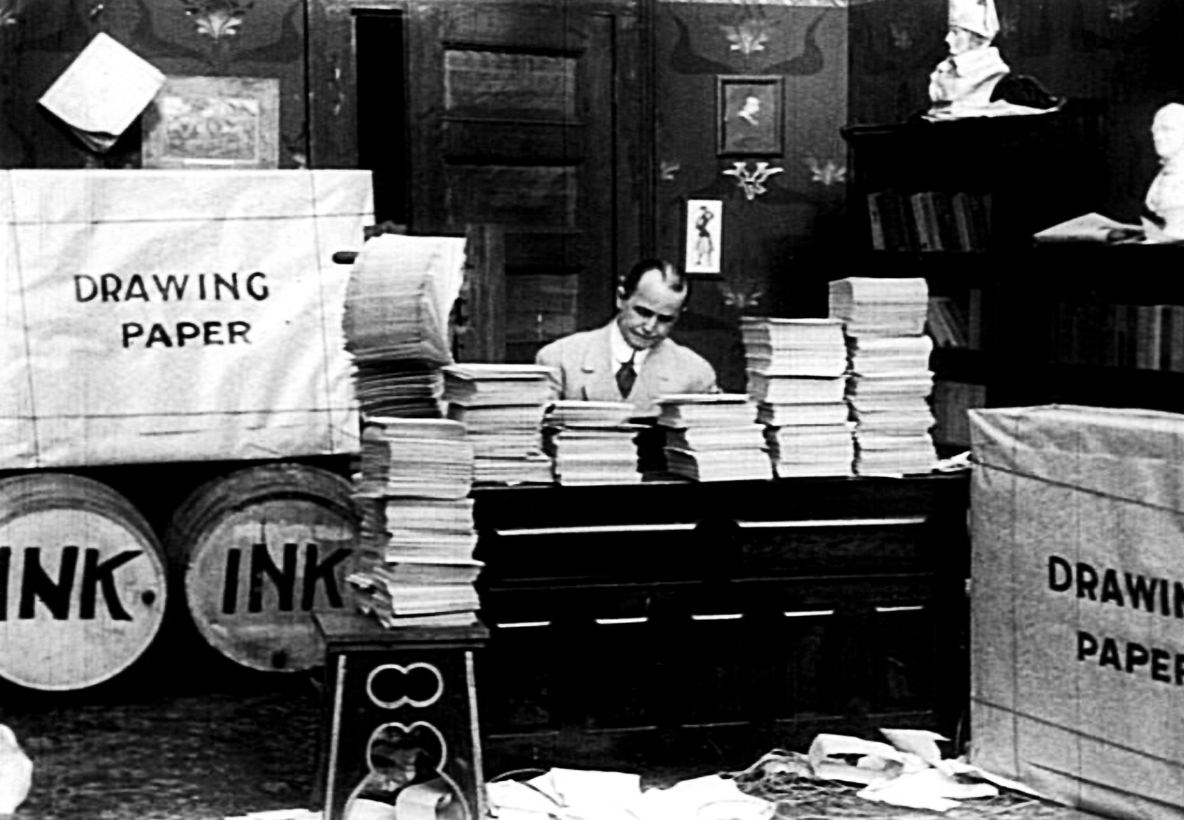Four predictions for the content industry in 2016

I’ve noticed a lot of talk about the ‘content bubble’ and how it’s about to burst. Whilst this metaphorical bubble had not yet popped, there have been mutterings about its demise for years, and perhaps ‘prophetically’ volume content has continued to rise.
Seriously though – it has to end somewhere, doesn’t it?
A news corporation reported that ten years ago it was posting 22,000 articles a year. In the first half of 2015 it posted 21,000. That’s 115 articles every day. With all this content, the online world is becoming that saturated, there simply aren’t enough people to read it. Even on the off chance that a piece of content is actually seen, we give it very little time and appreciation. Chartbeat reported that after analysing 2 billion visitors, 55% of page views lasted less than 15 seconds.
So at this point I have to ask – are you still there?
With all of this noise, we go straight to social media for the latest news, sport and random cat gifs. Follow the right people, like the right pages and we get all the information we need, straight to our social channels. This is especially true with the ever-improving search feed algorithms of Google and Facebook. Dynamically served content, tailored to our search habits and behaviours.
So what do I think will happen…
1. The bottom falls out of print
The Internet is doing to print what it’s doing to the UK high street. In the same way that most high street shops don’t warrant the trip out over the convenience of online shopping – many printed publications add no value over online publications.
For me, people will need a good reason to pay more for print in the coming years. These could be people who don’t have access to the Internet, people who enjoy a newspaper, hipsters who obsess about high print stock magazines and collectors in general. Not Luddites – just people who find added value in print.
Sadly, the printed press has been in decline for some time. But how many have suggested that ‘print is dead’ only for it to slowly trickle along? I think the overload of content online is sometimes actually helping some of the offline press.
My prediction is that the bottom will fall out and only the high-end magazines will continue to thrive. Magazines, some newspapers and other printed press will be seen as quality, novelty purchases. Not a necessity. Similar to how we used to feel when receiving an email and how it now feels to get a hand written letter.
Whilst the national press will continue to dip – I think it will still remain relevant for many. I think publications like women’s magazines and lad mags will continue to drop off, as it’s that type of content that seems to thrive on social media. We have already seen it with FHM, Nuts, Zoo ect.
I feel that the printed trade media that relies heavily on advertising space will drop off. Businesses will no longer see the value – especially when there are more quantifiable options online.
2. Brands will syndicate other peoples’ content
Rather than cherry picking from multiple sources, people will follow trusted brands that will share other peoples’ content. Why follow Sky Sports Football when quirkier and more fun betting sites are offering live football updates, often faster than the official news sites? They see the value in becoming a news source and realise the importance of having people constantly plugged into their brand.
3. Content theft will grow
As the effectiveness of ‘average’ content pumped out to the masses begins to decline, marketers will begin to spend their time more wisely. Average content will no longer be worth the time investment. Brands and communities will look to the best bits of the web and ‘borrow’ them for their own use. There are already hundreds of social channels out there that do this on a regular basis, and they’re not just getting away with it – they’re massively profiting from it.
4. Ad blocking will force sites down the paid subscription route
Ad Blocker has risen massively in recent years, which has seen big publishers like Bild online banning users from the site. This is why I think we’ll see more publishers go down the paid subscription route. Locked content Freemiums won’t always offer a substantial return, which ultimately may be their downfall, especially when people realise they can get the exact same content for free, elsewhere.
What next?
I don’t want this to be seen as some fear mongering, click bait post, because I think good, well-researched content marketing will continue to thrive. My advice would be to produce less, average content for the sake of ticking a box for clients, because ultimately it will make a very little splash in a very big pool.